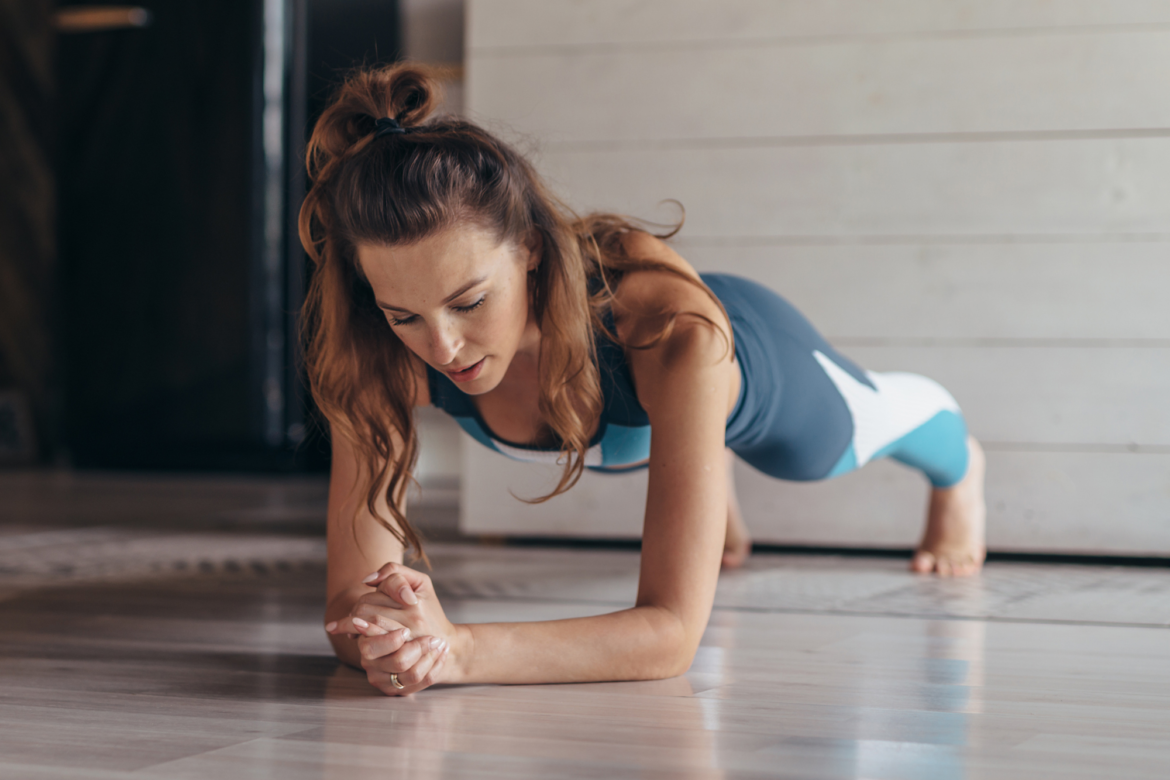What are micro-workouts?
Do you climb into bed at night and wish you had had more time in your day to get a workout in? Seven in ten Americans wish they had more time in the day to get in exercise. Research has found that the total duration of exercise is more important than how much exercise you do in one sitting. What are micro-workouts? Micro-workouts, as the name implies, are short, intense exercises that can be done anywhere, at any time, in limited space throughout the day. Typically, micro-workouts are workouts that are 5-10 minutes in length and performed 2-3 times/day. They are meant to meet the needs of a busy schedule and can act as a replacement or supplement for normal workouts of longer durations. Studies have shown that they can be as effective as a traditional regular workout program.
Who has time for traditional workouts?
Think about the time you spend waiting on hold on your phone, in line for coffee, or scrolling on your phone. Utilizing those times to get your 30 minutes of workout in for the day can change your life. Here is an example of a micro-workout that can be done in your office. Start with 20 squats, followed immediately by 20 push-ups, and then 1 minute of jogging in place. This can be repeated 2-3 times and completed in 5-7 minutes. Other ideas that can be incorporated into your micro-workout include lunges, high stepping, jumping jacks, calf raises (either single or double), plank, and tricep dips.
What are the benefits of a micro-workout?
- Time-saving. Workouts can be done in minutes. Use the time that you already have more efficiently by getting your workout in for the day.
- Minimal space and equipment. Micro-workouts can be done at home, in the park, or even while waiting in the checkout line.
- Quicker recovery time.
- Money-saving as these can be done without a gym membership, coach, trainer, or class instructor.
- Improved cardiovascular health, increased metabolism, and reduced risk for chronic disease.
- Variety – reduce boredom and training plateaus.
What are the disadvantages of a micro-workout?
- It takes time to change how you think about a workout. Doing short bursts of exercise versus a longer workout takes time to get adjusted to.
- If you have limited knowledge or experience with working out, a micro-workout design may be challenging. Seek out help from a reputable source.
- Most often, these are done throughout your busy day, so you lose some of the socialization of a gym workout.
Ideas for building your micro-workout
- 20 lunges, followed by 5-15 sec wall sit, followed by 15 push-ups. Take a quick rest and repeat the circuit 3-5 times.
- Perform 1 minute of each of the following: jumping jacks, pull-ups, plank, calf raises, and band curls.
- Alternate between upper and lower body exercises. Choose from options like, bridges, planks, high knees, lunges, squats, push-ups, pull-ups, and wall sits.
Remember, you have to perform 2-4 micro-workouts a day to advance your fitness as you get further into this form of fitness.
Would you like help in planning a micro-workout routine? Schedule your appointment with one of our trained Physical Therapists who can help get you started on your journey to better fitness and health.

